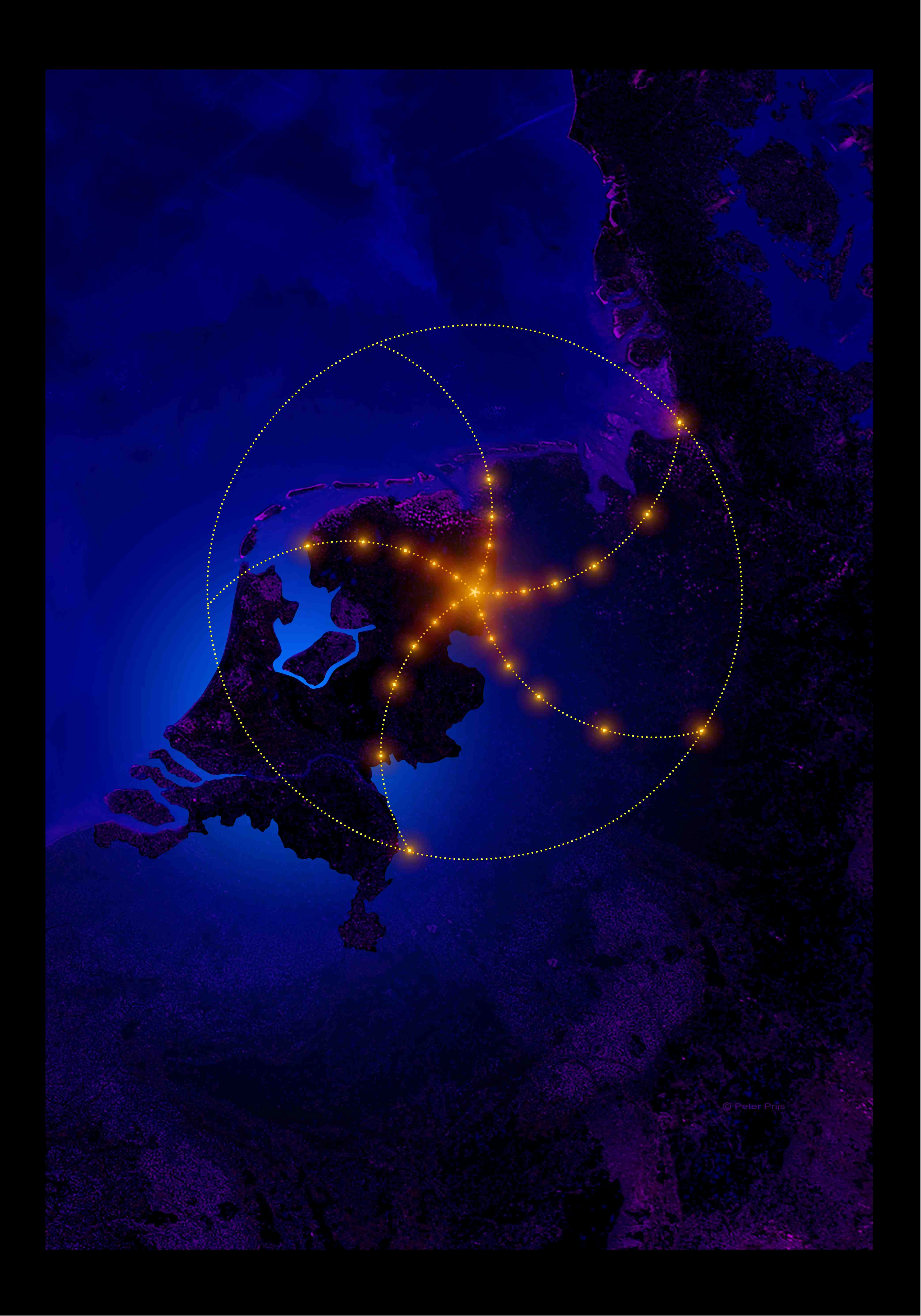| P1: Multiwavelength Studies of Low-Frequency Radio Transients |
 |
 |
 |
|
Yang, Yi-Jung
Historically, scientists triggered multi-wavelength studies of Galactic X-ray binaries when X-ray Satellites orbiting around Earth discovered new X-ray transients or outbursts of recurrent X-ray transient sources. A large fraction of these X-ray transients are identified as compact X-ray binaries, i.e. black hole or a neutron star orbiting together with another companion star (normal star) to form a binary system. Depending on the mass of the companion star and the feeding mechanism of the accretion process, the X-ray binary systems are divided into Low-Mass X-ray Binaries (LMXBs) or High-Mass X-ray Binaries (HMXBs). Since these kinds of systems are usually X-ray bright, which means they emit strong X-ray emission during the accreting process, astronomers started follow-up observations at other wavelengths only after the discovery of an X-ray source. The situation will be changed after the construction of LOFAR, the LOw Frequency ARray being built in the Netherlands. We expect that LOFAR will discover hundreds to thousands of radio transient sources through its sky monitoring program, and many of these will be new discoveries, a large fraction of which will be associated with accreting black hole binaries. Once we find interesting candidates, we will then trigger X-ray follow-ups, as well as other wavelength observations to identify their nature. The multi-wavelength follow-up can range from high frequency radio, infrared, optical, up to X-ray and even gamma ray emission. The Low Band Antennae of LOFAR. [1] LOFAR is a new generation telescope, which will revolutionize studies of transients as well as many other fields in astronomy in the near future after its full operation and it is also the pathfinder for the largest future low-frequency radio mission, the Square Kilometer Array (SKA). Below I will briefly introduce LOFAR and what the key science projects are. LOFAR consists of many low-cost antennae, which are separated into two types: 1. The Low Band Antennae (LBA), which operate from 10 to 90 MHz in radio frequency. 2. The High Band Antennae (HBA) which operate from 110 to 250 MHz. The main area (the Core) consists of half of the stations located in a 2x3 km area in Exloo, the Netherlands. The rest of the stations are distributed over an area of about 100 km in diameter in the north of the Netherlands. There are also several international stations constructed, or being constructed in Germany, Sweden, UK, France, Poland and Italy. After the completion of full construction, the largest extended baseline across Europe will be of the order of 1500 km. With such an array, one can imagine that the data taken per day is enormously large. Therefore fast computing techniques and data-transmitting power is essential for this project. A wide area network connects to all stations with an IBM Blue Gene supercomputer (Central Processing Facility) which operates in Groningen, and will be responsible for all the data collecting and processing workload. The main Core of LOFAR in the Netherlands. [1] Distribution of LOFAR stations. [1] There are currently six LOFAR key science projects: 1. The Epoch of Reionization. 2. Extragalactic Surveys. 3. Radio Transient Sources. 4. Ultra High Energy Cosmic Rays. 5. Solar Science and Space Weather. 6. Cosmic Magnetism. My PhD project focuses on Radio Transient sources (especially transients associated with X-ray black hole binaries) and their multi-wavelength follow-up. The aim of the LOFAR Radio Transient Sources project is to study all variable and transient sources detected. Transient behavior in radio emission can be found in many astronomical sources, such as flare stars, brown dwarfs, masers, gamma ray bursts, pulsars, supernovae, active galactic nuclei, and neutron star/black hole X-ray binaries. In the past, there were only a few blind radio searches for such radio transient sources. With LOFAR, research on radio transient searches will improve significantly. We have had TOO (Target Of Opportunity) proposals approved for using XMM-Newton and RXTE satellites for the X-ray follow-up of the first few LOFAR transients. We expect that LOFAR will start full operation in the near future, and the X-Ray satellites follow-up will be triggered for interesting sources discovered. Apart from X-ray observations, follow-up observations at other wavelengths will also be proposed to get a more complete understanding of the nature of these sources. Example of Radio Transient with GMRT: 235 MHz GMRT image of the region surrounding GCRT J1742-3001 on 2006 Mar. 8 [1] Pictures taken from Lofar website. For more information, please visit http://www.lofar.org. [2] Hyman et al., the Astrophysical Journal, Volume 696, Issue 1, pp. 280-286 (2009) |



